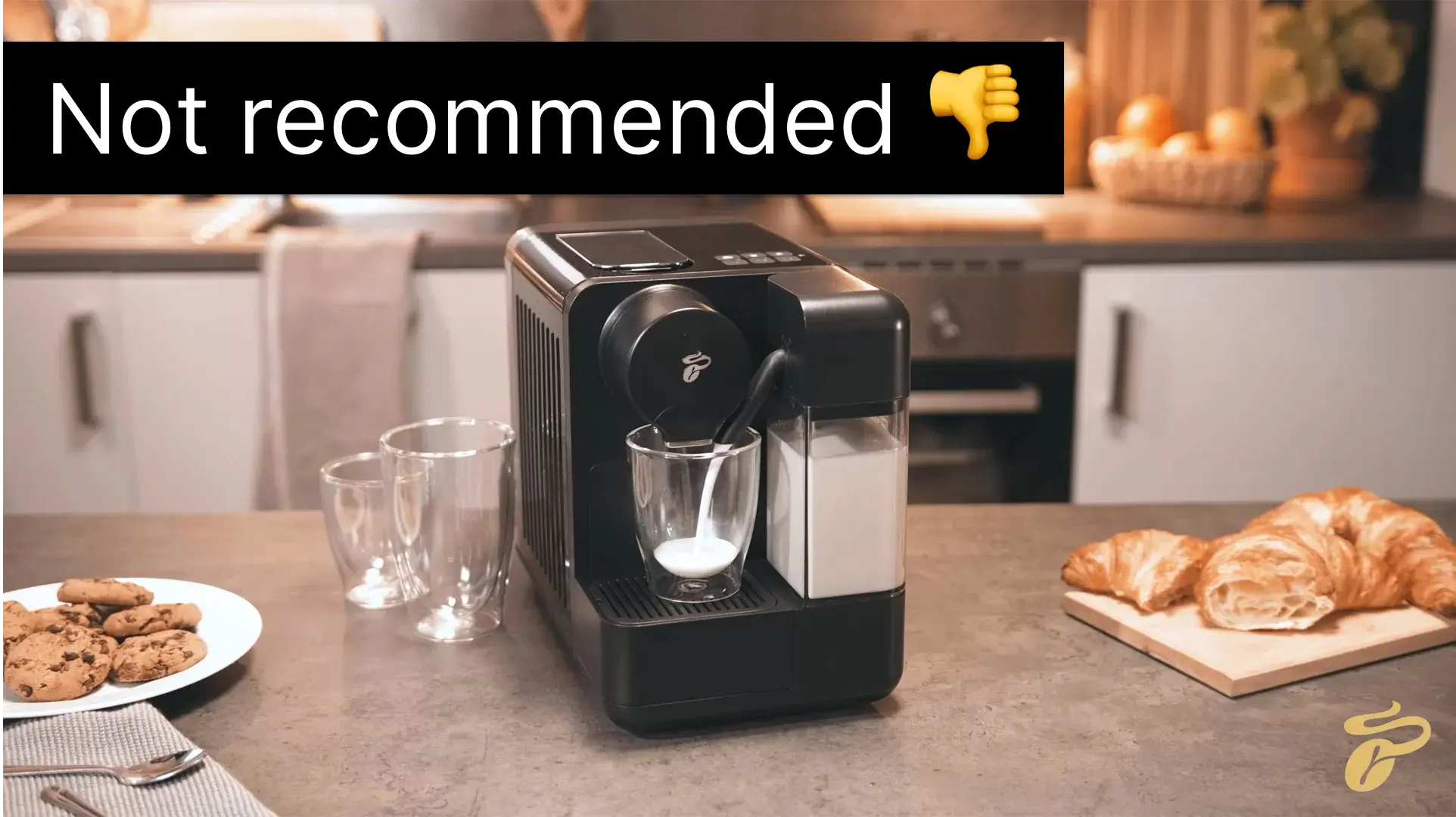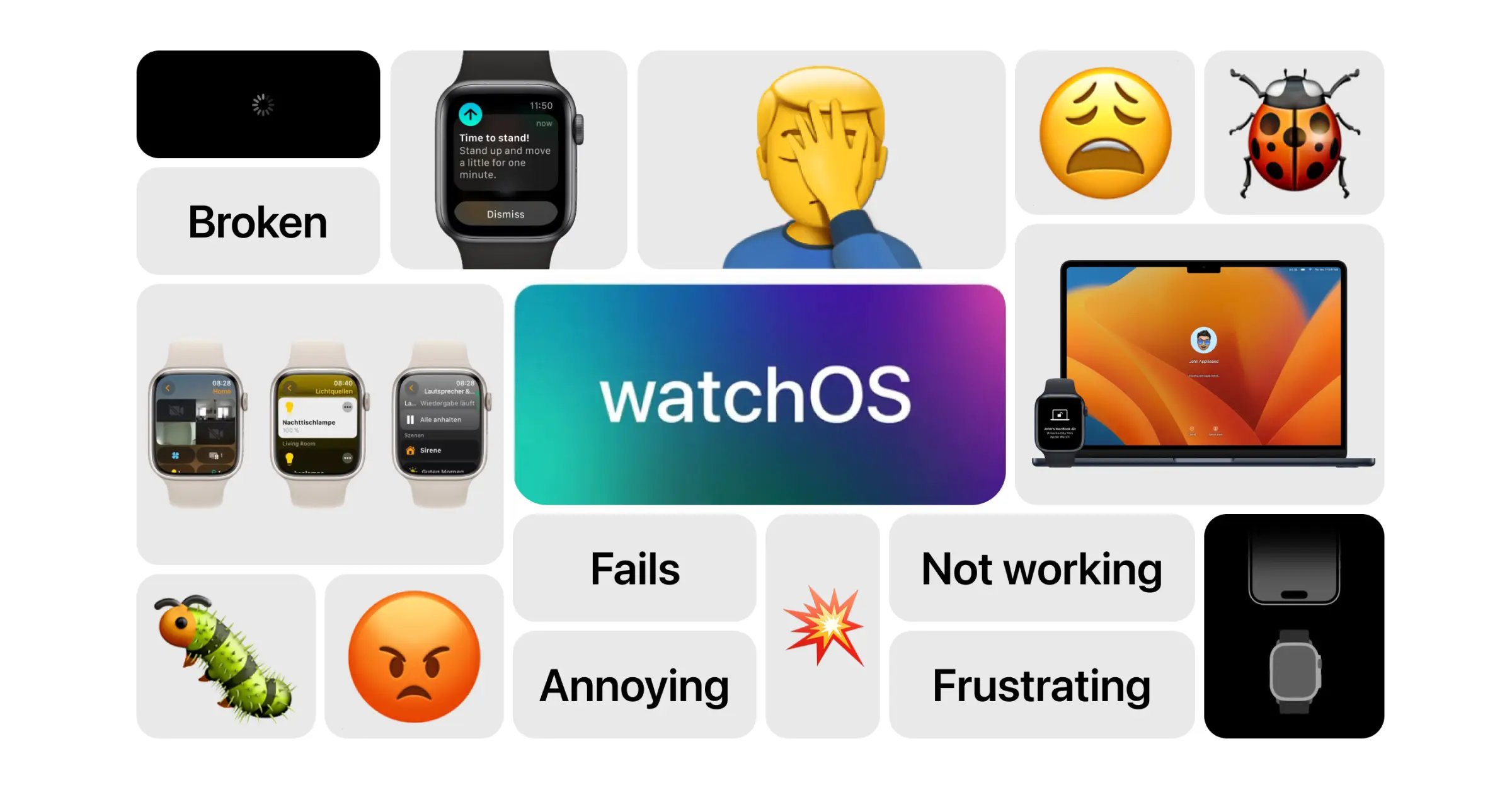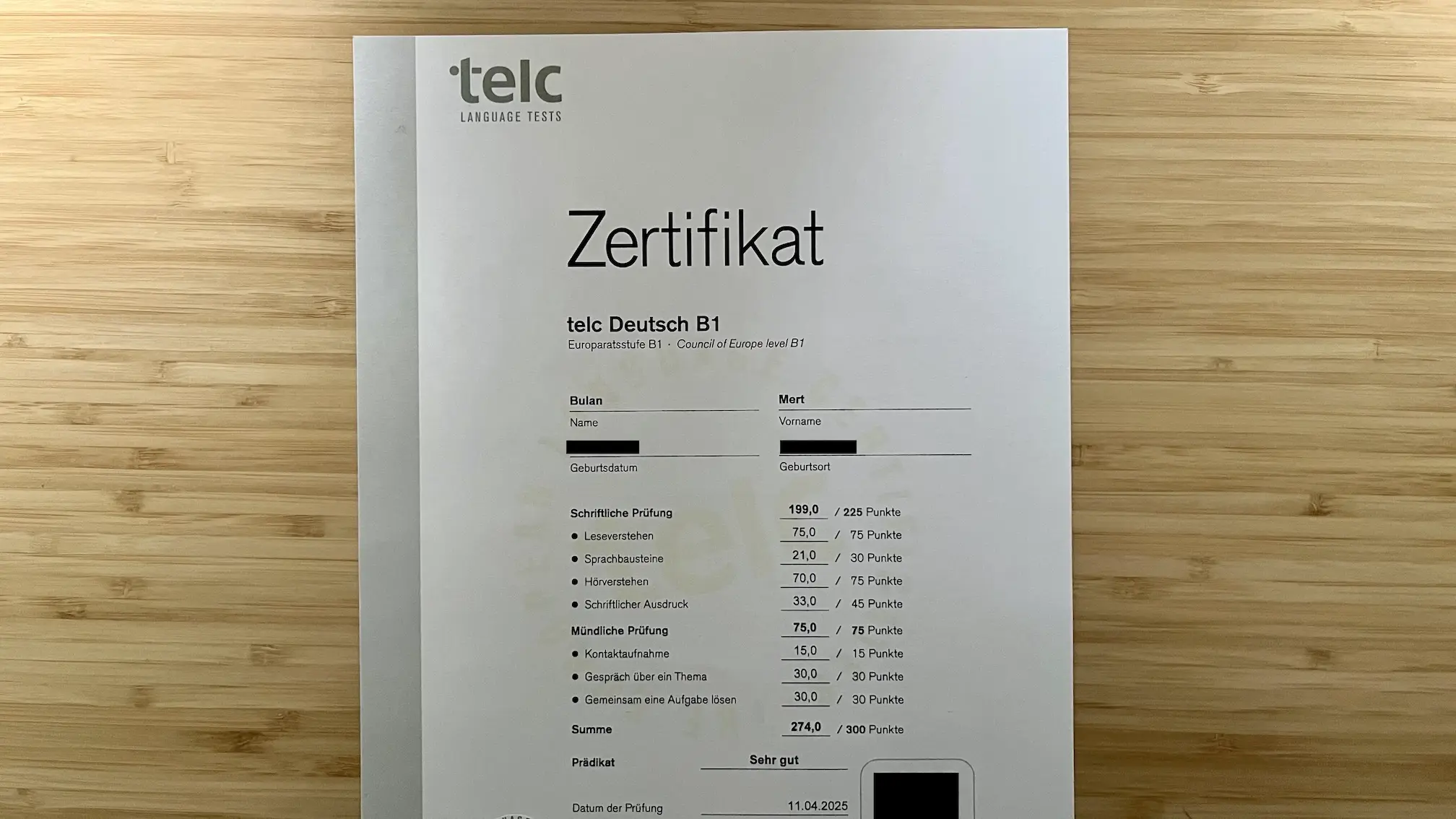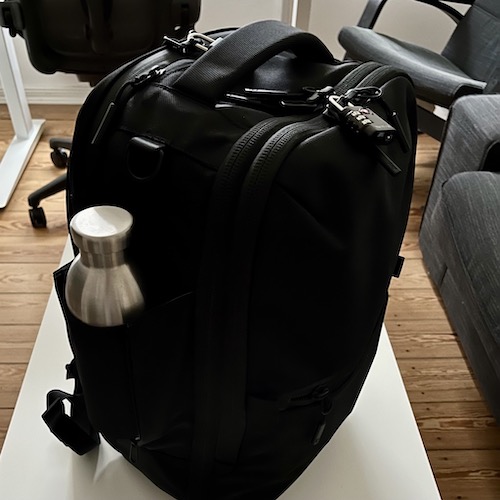I never used to be a coffee person. For the longest time, I only drank it occasionally, usually during a relaxed afternoon with friends, enjoying Kaffee und Kuchen after a walk. But at some point, probably influenced by the people around me, I got curious. What if I started having coffee every morning? Could it become part of my daily rhythm? Turns out, it did.
Starting Simple
I knew from the beginning that I didn’t want to dive into something too complicated. That’s how I usually approach new things. I prefer starting simple. My approach is to choose something beginner-friendly, spend time getting familiar with it, and upgrade as needed based on what I like and don’t like.
With that mindset, I thought a capsule machine would be a good way to start drinking coffee at home. It seemed easy: just add water, pop in a capsule, and get your espresso. But there was one catch, I still can’t drink coffee on its own. It’s too bitter for me. So I also needed a way to warm up milk. In the end, I chose the Cafissimo Milk machine from Tchibo.
When it comes to capsule machines, most people think of Nespresso. But I’ve avoided Nestlé for years because of their business practices. That’s why I picked Tchibo instead, a local brand from Hamburg. But there was one big downside. Since Nespresso is so popular, many other brands make capsules for their machines. With Tchibo, you’re stuck with their own capsules, there are barely any other options. That turned out to be a major drawback.
Still, I found a brand-new, second-hand machine on Kleinanzeigen for 65€ (the regular price was 129€), and I started making myself a Latte Macchiato every morning. At first, I liked it. I tried almost every capsule they had, but in the end, the only one I really enjoyed was the Brazil blend. The machine heated up fast, and I had my coffee ready in seconds. Everything seemed fine, until the problems began.
The Problems
The first problem I noticed was the amount of plastic waste I was creating every week because of the capsules. That really bothered me. I knew that if I were using a regular espresso machine, I wouldn’t be producing that much waste. Even though the capsules are technically recyclable, it still didn’t feel right. I also thought about separating the used coffee grounds and putting them in the bio trash, but that would’ve taken extra time and effort.
The second problem was the milk frother. It couldn’t heat up cold milk from the fridge properly. I had to run it twice just to get the milk warm enough. On top of that, cleaning it was a hassle. Even though the machine had a built-in cleaning function, it didn’t clean everything. Some parts still had milk residue, and I had to take them apart and wash them thoroughly to keep things hygienic. That was a lot of work for milk that wasn’t even hot enough.
The third problem was the limited capsule options I mentioned earlier. Even though I live in Hamburg and the company is based here, I still had trouble finding the capsules. My regular supermarket didn’t sell them, and the other store near me only had the “Barista” capsules, not the Brazil ones I liked. What also annoyed me was that these capsules didn’t give much info about the coffee. If you enjoy coffee, part of the fun is learning about the beans, where they come from, how they’re roasted, and what flavors they have. Tchibo just labels some capsules “Barista,” and that’s it. No details, no story. And to make it worse, the price of these capsules is almost the same as buying whole beans for an espresso machine, about 35–40€ per kilo. So you’re paying a premium for coffee you don’t know much about.
The last issue was the final straw. After a year, the water sensor on the machine stopped working. I contacted Tchibo support, and they told me I’d need the original receipt to get it repaired. Since I bought it second-hand, I didn’t have one. I explained this to them, but they still said they couldn’t help me. They wouldn’t even let me pay for a repair. The machine just became electronic waste. It was probably a simple part, something I could’ve replaced myself if they sold it. But they didn’t offer any way to fix it. That really frustrated me. If a company refuses to take responsibility for their own products, it’s hard to believe they care about anything else either. That’s why I can’t recommend Tchibo machines to anyone.
Moving On from Capsules
In the end, I was left with a broken machine and a bunch of unused capsules. I decided it was finally time to move on and buy an espresso machine. But first, I needed a way to finish the capsules I still had. Luckily, the second-hand market for Tchibo machines is quite active. I found a Cafissimo Pure on Kleinanzeigen and bought it just to use up the remaining capsules. Since I didn’t like the milk frother on my previous machine anyway, I was fine with this simpler model that didn’t have one. I started heating milk the old-fashioned way, on the stove, which actually worked better for me.
While I was wrapping up my time with the capsules, I began researching espresso machines for beginners. I knew it would be a more expensive path, but this time I wanted something that was built to last, easy to use, and repairable if anything went wrong. Of course, having a good espresso machine wasn’t enough, I also needed a proper grinder with similar qualities.
After some research and helpful tips from friends, I decided on the Sage Bambino Plus and the Baratza Encore ESP grinder. I’ll share my experience with this new setup in a future blog post, so stay tuned for that.







